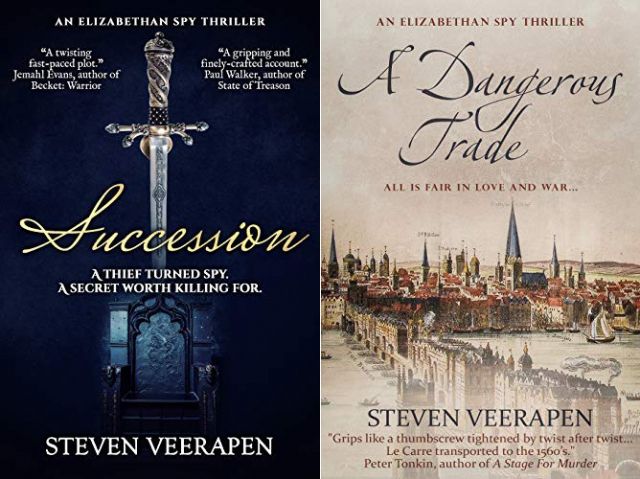Blurred Lines: the ever-decreasing distinction between fiction and nonfiction
Historian article

Turning academic research into historical fiction
Everyone who studies history would love to visit the past. Few of us would like to stay for long, I suspect – if unfamiliar viruses did not finish us off within days, the superstitious locals might – but a visit would be nice. The ability to do so would settle a multitude of questions: did Anne Boleyn have a double-nail on her pinkie? What lumbered across the road in front of the Spicers’ car as they drove by Loch Ness in 1933? Did Lizzie Borden take an axe? Sadly, we can never know the answers.
Lacking time machines, historical fiction – by necessity speculative and based on modern interpretations of human behaviour in previous generations – offers our best means of visualising the past and its people. Questions remain, however, about how close our interpretations can come to what we consider to be historical truth, if such a thing exists. As I have found, the gap between writing non-fiction history and historical fiction need not be as wide as I had once supposed...
This resource is FREE for Historian HA Members.
Non HA Members can get instant access for £2.49

